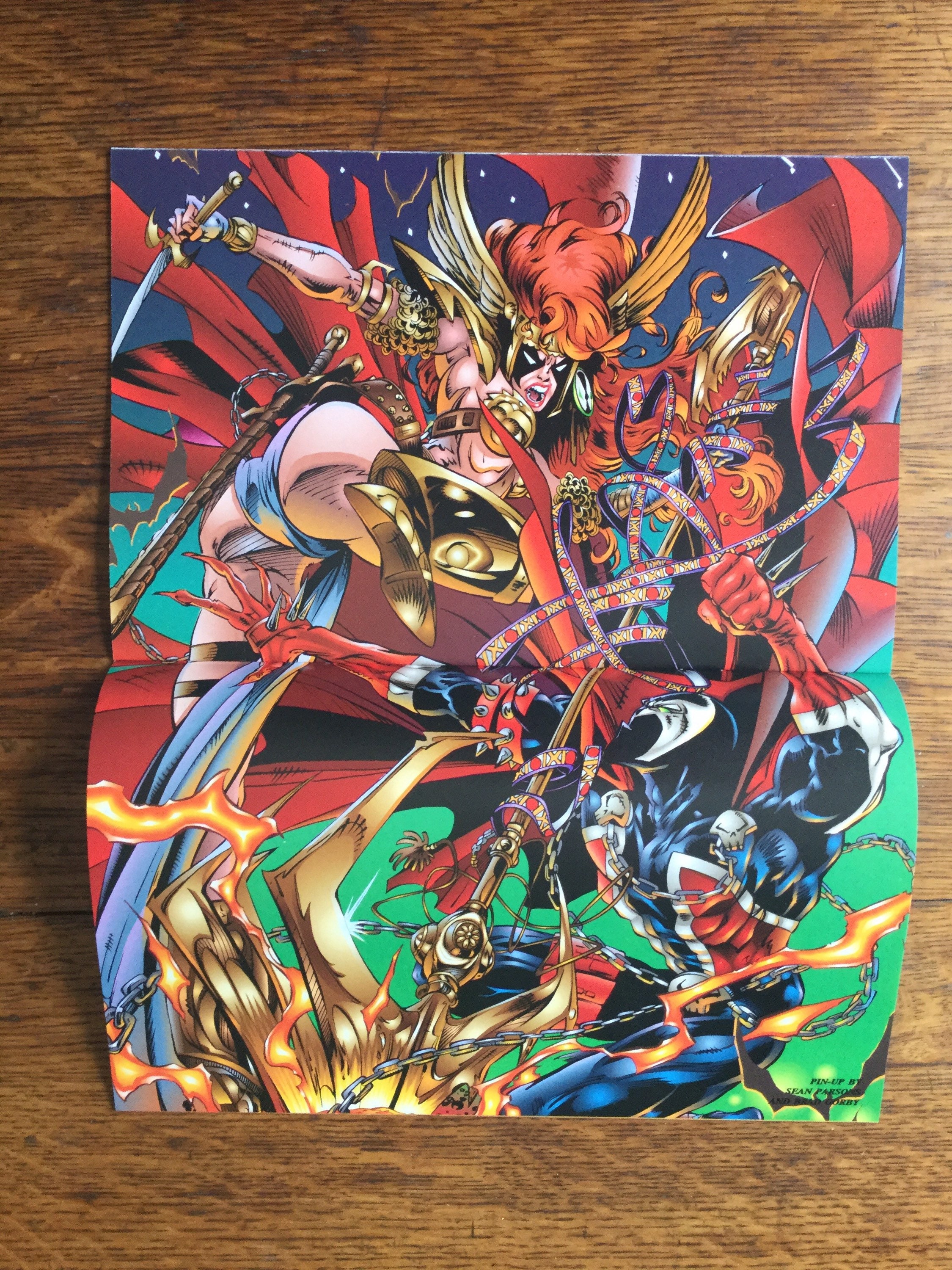

“Truthfully, I think all of the decisions were incredibly good for all kinds of copyright,” Gaiman said to ‘Riffs, citing the statute of limitations on a violation as an example. Gaiman told Comic Riffs that the terms of agreement are confidential. 9 and 26, as well as the first three issues of a spinoff. A jury later found that Gaiman was half owner of “Spawn” issues Nos. Gaiman sued in 2002, claiming that he created several of the series’ characters, including Medieval Spawn and Angela the bounty-hunting angel for “Spawn” No. In 1992, McFarlane created “Spawn” - about a slain CIA agent turned demon - for burgeoning Image Comics. misty in copyright that are now much clearer,” continued Gaiman, noting that the case is now taught in schools. What is copyrightable in comics is now something that there is a definite legal precedent for. “I think the various decisions, particularly the Posner decision, were huge in terms of what the nature of dual copyright in comics is. “The main thing is, I feel like an awful lot of good things have come out of it. Gaiman - widely known for such works as “Sandman,” “Coraline,” ”American Gods” and “The Graveyard Book” - hailed the case as a victory for not only creators, but also for the clarity of copyright law. “I’m delighted with the case,” Gaiman tells Comic Riffs on Monday. On Friday, lawyers for each side filed notice in federal court in Madison, Wisc., that the case had been settled. Caught in the middle were their spawn: A handful of characters Gaiman worked on while teaming with McFarlane.

FOR THE BETTER PART of a decade, “Spawn” creator Todd McFarlane fought in court with fellow fantasy-publishing titan Neil Gaiman.


 0 kommentar(er)
0 kommentar(er)
